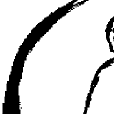Sign in to follow this
Followers
0

I use to think "inner winds" were silly... Now...
By
CedarTree, in General Discussion

By
CedarTree, in General Discussion